Why is Fast Website Design a Necessity?

In today’s world, where speed is paramount, the importance of fast website design has become more evident than ever.
Internet users have high expectations regarding page loading speed, and even a few seconds of delay can mean losing visitors.
This issue not only negatively impacts user experience (UX) but also directly affects your site’s ranking in search engines like Google.
Google and other search engines consider site speed a critical factor in page ranking and place slower websites lower in the results.
Therefore, if you are looking to increase traffic, reduce bounce rate, and improve conversion rate, fast website design should be a priority for you.
This is a specialized topic that requires technical knowledge and specific strategies.
The question is, can every website achieve high speed? The answer is yes, but it requires careful planning and execution.
This article will be a comprehensive and educational guide to achieving high speed for your website.
#SiteSpeed #Optimization #UserExperience #SEO
Still don’t have a corporate website and are missing out on online opportunities? With professional corporate website design by Rasavab,
✅ Double your business credibility
✅ Attract new customers
⚡ Free consultation for your corporate website!
Key Factors Affecting Website Loading Speed
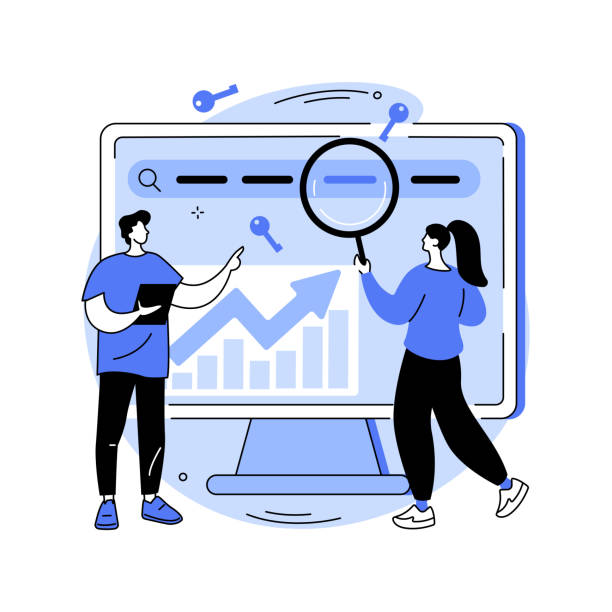
To achieve fast website design, we must first identify the factors affecting website loading speed.
These factors include numerous aspects, from technical infrastructure to coding practices and content optimization.
One of the most crucial factors is the hosting and server on which your website resides.
A weak host or a server with limited resources can significantly reduce your site’s speed.
The next factor is the size and optimization of media files such as images and videos.
High-quality but unoptimized images can consume a large amount of bandwidth and increase loading time.
Furthermore, the size and complexity of HTML, CSS, and JavaScript codes also play a vital role.
Excessive, uncompressed, and unoptimized loading of code slows down performance.
Using too many inefficient plugins and add-ons can also burden the server and lead to reduced speed.
All these aspects must be carefully reviewed and optimized to achieve a high-speed website.
Understanding these factors is the first step toward improving your site’s performance, and this section provides an explanatory overview to give you a specialized perspective on the topic.
Optimizing Images and Multimedia Files for More Speed

One of the biggest culprits for slowing down website speed is unoptimized images and multimedia files.
To achieve fast website design, optimizing these elements is essential.
Images should be used in the appropriate format (such as WebP for web, or JPEG for compressed photos and PNG for transparency) and with correct dimensions.
Never upload an image with dimensions much larger than what is displayed on the site and simply resize it with CSS.
This causes the browser to download the full volume of the large image and then scale it down, which is time-consuming.
Using image compression tools (like TinyPNG or Imagify) without significant loss of quality can greatly reduce file sizes.
For videos, it is better to use external services such as YouTube or Vimeo and display them on your site using Lazy Load.
These techniques help you provide a better user experience while reducing server load.
This section is a practical and educational guide for you.
| Image Format | Advantages | Disadvantages | Recommended Use Cases |
|---|---|---|---|
| JPEG | High compression, suitable for photos, wide support | Lower quality with high compression, no transparency support | Detailed photos, background images |
| PNG | Transparency support, high quality for graphics | Larger file size than JPEG for photos, less compression | Logos, icons, images with transparent backgrounds |
| WebP | High compression (lossy and lossless), transparency support, smaller file size | Incomplete support in older browsers | Most web images, primary speed enhancer |
| SVG | High scalability without quality loss, very small file size | Only suitable for vector graphics | Logos, icons, charts |
Reducing Code Size and Optimizing Resources for High Speed
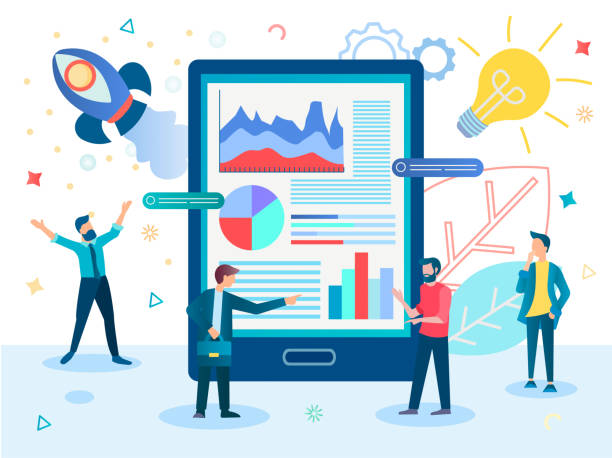
In addition to images, HTML, CSS, and JavaScript codes can also significantly affect website loading speed.
To achieve fast and optimized website design, these codes must be optimized.
The process of “Minification,” or code compression, involves removing unnecessary characters such as white spaces, new lines, and comments from code files.
This reduces file sizes and shortens the time it takes for them to transfer from the server to the user’s browser.
Also, combining CSS and JavaScript files into a single file (as much as possible) can reduce the number of HTTP requests, which is a significant factor in increasing speed.
Using JavaScript asynchronously or deferring its loading until after the main page content has loaded prevents render-blocking and improves user experience.
These specialized techniques help your website display faster to users and ultimately achieve a high website loading speed.
This section provides a specialized view on code optimization.
Are you dissatisfied with the low conversion rate of visitors to customers on your e-commerce site?
Solve this problem forever with professional e-commerce website design by Rasavab!
✅ Increase visitor-to-customer conversion rate
✅ Create an excellent user experience and gain customer trust
⚡ Get a free consultation
Leveraging Caching Mechanisms for Increased Speed

One of the most effective methods for achieving fast website design is the proper use of caching mechanisms.
Caching means temporarily storing website data in the user’s browser or on the server, so that on subsequent visits, there is no need to reload all the information from the server.
This significantly reduces page loading time for returning visitors and also lessens the load on your server.
There are various types of caching, including browser caching, which stores files like images, CSS, and JavaScript on the user’s device.
Server-side caching also stores data on the server to increase responsiveness for subsequent requests.
Using a Content Delivery Network (CDN) is also a type of caching that stores your website’s content on geographically dispersed servers so that users can receive content from the closest server.
These strategies, combined, offer a comprehensive approach to speed optimization and help you achieve a high-speed website.
This topic is a specialized and very practical guide.
The Importance of Choosing the Right Host and Server for Site Speed

Choosing the right host and server is the backbone of fast website design.
Even if you perform all technical optimizations, a weak hosting or an inefficient server can nullify all your efforts.
There are various types of hosting, including shared hosting, VPS, dedicated server, and cloud hosting.
Shared hosting is usually the cheapest option, but its resources are divided among many websites, which can lead to slowdowns during peak traffic.
VPS and dedicated servers provide you with more resources and greater control over the server environment but come with higher costs.
Cloud hosting is also an excellent option for sites with variable traffic due to its scalability and high reliability.
When choosing a host, pay attention to factors such as server location (close to your target audience), bandwidth, disk type (SSD versus HDD), and technical support.
A reputable hosting provider with a strong infrastructure can make a significant difference in your website’s speed and help you achieve a website with excellent performance.
This section is a highly important explanatory guide for every webmaster.
The Role of Responsive Design and AMP in Mobile Speed

In the current era, where most users connect to the internet via mobile devices, the importance of Responsive Design and AMP (Accelerated Mobile Pages) in fast website design becomes twofold.
A responsive website automatically adjusts its size and layout to the dimensions of the user’s device screen, providing a seamless user experience across mobile, tablet, and desktop.
This approach is vital not only for user convenience but also for SEO, as Google prioritizes mobile-friendly websites.
AMP is an open-source framework supported by Google, aiming to create extremely fast web pages for mobile.
AMP pages are designed using restricted HTML, CSS, and JavaScript, so that they load almost instantly.
This technology is particularly useful for news and content websites that require fast loading in mobile search results.
Combining responsive design with AMP allows you to create a fast and optimized mobile website and stay ahead of competitors.
This section provides an analytical and explanatory focus on the importance of mobile approaches in site speed.
| Feature | Responsive Design | AMP (Accelerated Mobile Pages) |
|---|---|---|
| Main Goal | Display compatibility across all devices | Significantly increase mobile loading speed |
| Implementation | One codebase for all devices | Requires a separate version of pages, with limited code |
| Code Complexity | Can include full JavaScript and CSS | Limited HTML and CSS, custom AMP JavaScript |
| Main Advantage | Seamless user experience, overall SEO | Instant loading in Google results, improved mobile Core Web Vitals |
| Use Cases | Almost all websites | Blogs, news sites, static content |
Website Speed Measurement and Monitoring Tools
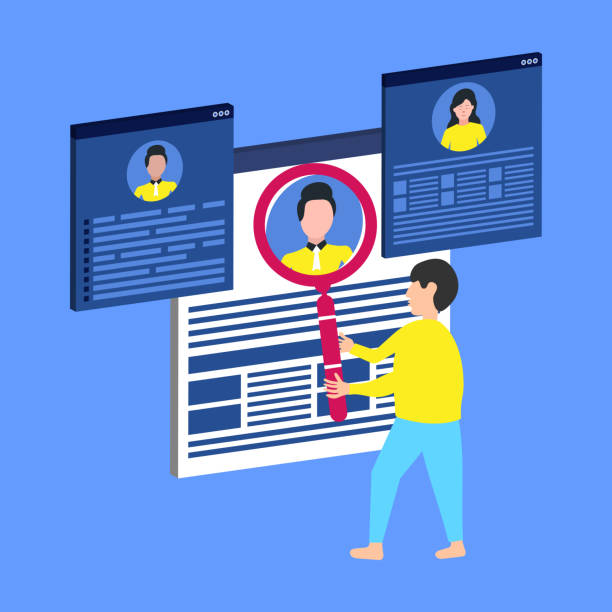
After applying optimizations for fast website design, the next step is measuring and monitoring website performance.
Without the right tools, you cannot evaluate the impact of your changes and identify remaining weaknesses.
Various tools are available for this purpose, each providing valuable information.
Google PageSpeed Insights is one of the most widely used tools, providing site performance scores for desktop and mobile and offering suggestions for improvement.
GTmetrix and WebPageTest are also powerful tools that display more details, including a Waterfall Chart, which allows you to see the loading time of each page element.
These tools help you identify performance bottlenecks and understand which files or scripts are causing slowdowns.
Continuous monitoring of site speed, especially after any updates or new content additions, is essential.
This is a practical and educational guide for maintaining website loading speed in the long term.
Did you know that 94% of users’ first impressions of a business are related to its website design? With professional corporate website design by **Rasavab**, turn this initial impression into an opportunity for growth.
✅ Attract more customers and increase sales
✅ Build credibility and trust in the audience’s eyes⚡ Get a free website design consultation!
The Impact of Site Speed on User Experience and Conversion Rate
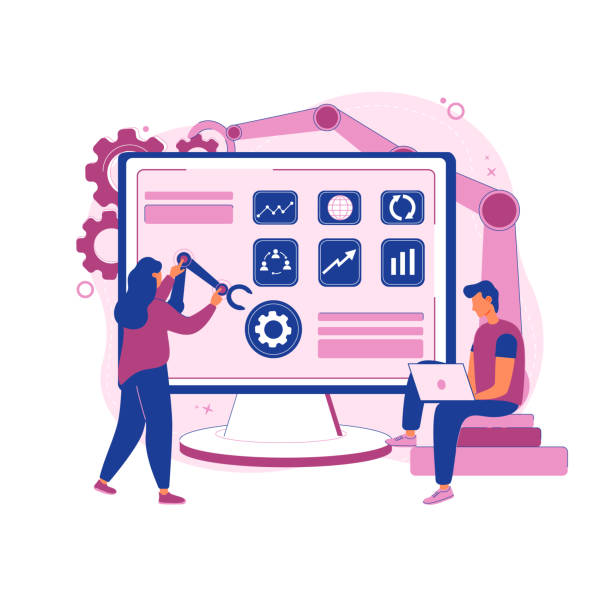
The ultimate goal of fast website design goes beyond merely improving SEO or reducing server load; it directly impacts user experience (UX) and, ultimately, your website’s conversion rate.
Today’s users are impatient, and if a website doesn’t load in a few seconds, they easily leave it.
This abandonment means an increased bounce rate and lost opportunities for sales, sign-ups, or any other goal you’ve set for your website.
A high-speed website conveys a sense of professionalism and credibility to the user, increases user engagement, and allows them to navigate the site easily.
This leads to increased user time on the site, more page views, and a greater willingness to perform your desired actions.
Numerous studies have shown that even a one-second improvement in loading speed can significantly increase the conversion rate.
Are you ready to witness an increase in sales and customer satisfaction by improving your site’s speed? This section is a strategic analysis of the importance of speed in your online marketing, and its content is thought-provoking.
Future Trends in Web Speed Optimization
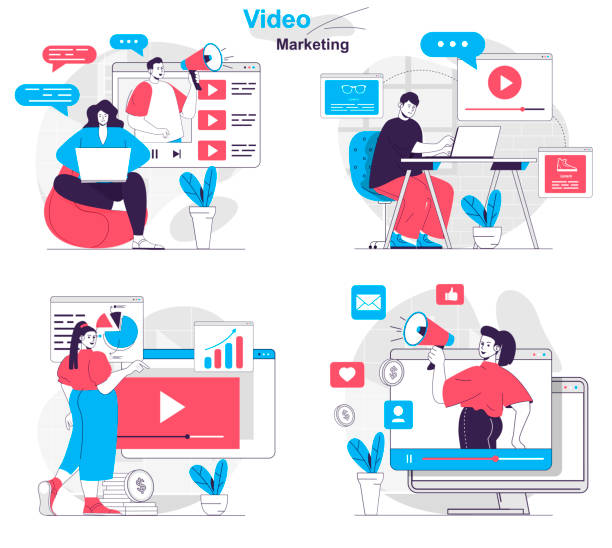
The world of the web is constantly evolving, and with it, the methods and technologies for fast website design are also advancing.
Awareness of future trends can help you prepare your website for upcoming challenges and always stay at the forefront of the competition.
One of the most important current and future trends is an increased focus on Google’s Core Web Vitals, which include three main metrics: LCP (Largest Contentful Paint), FID (First Input Delay), and CLS (Cumulative Layout Shift).
These metrics are directly related to the user’s visual and interactive experience, and optimizing them is crucial for SEO and UX.
Also, the emergence of new protocols like HTTP/3 and the broader use of WebAssembly for complex web applications promise greater speeds in the future.
Artificial intelligence will also play an increasing role in automatic optimization of images, codes, and even predicting user behavior for intelligent content loading.
To maintain a website with high loading speed, you should always be learning and implementing these new technologies.
This news and entertaining section helps you get a glimpse into the future of site speed optimization.
Frequently Asked Questions
| Question | Answer |
|---|---|
| What is fast website design? | It refers to the process of building a website that is developed and launched in a short time, usually using ready-made platforms or optimized methods. |
| Why is speed important in website design? | High speed improves user experience, increases SEO ranking, and boosts the conversion rate of visitors to customers. |
| What tools are available for fast website design? | Content Management Systems (CMS) like WordPress, Joomla, and Drupal, drag-and-drop website builders, and fast web development frameworks. |
| What are the advantages of using CMS for fast design? | Ready-made templates, diverse plugins, easy content management without extensive coding, and a large user community for support. |
| Does fast website design mean low quality? | Not necessarily. With the right tools and methods, a high-quality website can also be designed quickly. |
| What factors influence website design speed? | Project complexity, designer’s experience, choice of platform or tool, readiness of content and images, and effective communication with the client. |
| How is responsive design considered in fast website design? | Most fast design templates and tools are responsive by default and require minimal or no adjustments. |
| How much does fast website design cost? | The cost varies depending on complexity, chosen platform, and additional services, but it is generally less than custom design from scratch. |
| How can the loading speed of a designed site be increased? | Image optimization, browser caching, file compression, use of CDN, and choosing suitable hosting. |
| When is fast website design a suitable option? | For small businesses, startups, personal websites, or projects that need quick launch and have a limited budget. |
And other services of Rasavab Advertising Agency in the field of advertising
Smart Website Development: A novel service to increase website traffic through precise audience targeting.
Smart Reportage: A dedicated service to grow website traffic based on real data.
Smart Customer Journey Map: Designed for businesses looking to increase click-through rates through Google Ads management.
Smart UI/UX: Designed for businesses looking to analyze customer behavior through key page optimization.
Smart Custom Software: A novel service to increase user engagement through user experience customization.
And over a hundred other services in the field of internet advertising, advertising consultation, and organizational solutions
Internet Advertising | Advertising Strategy | Advertorial
Sources
7 Steps to Fast and Optimized Website Design
Comprehensive Guide to Website Speed Optimization
How to Achieve Online Success with Website Design?
The Impact of Site Speed on SEO and Business Success
? Transform your business in the digital world with Rasavab Afarin Digital Marketing Agency. From secure and attractive website design to search engine optimization and social media management, we guarantee your growth and success with targeted and specialized solutions.
📍 Tehran, Mirdamad Street, next to Bank Markazi, Kazeroun Jonoubi Alley, Ramin Alley, No. 6

